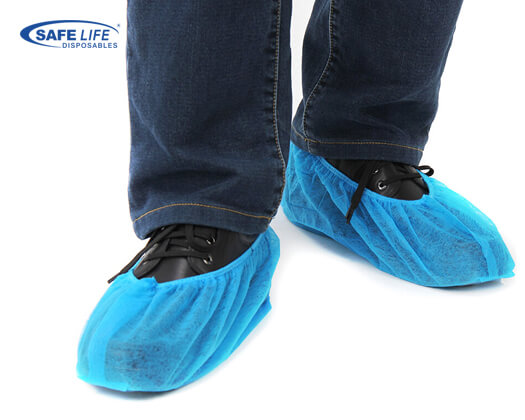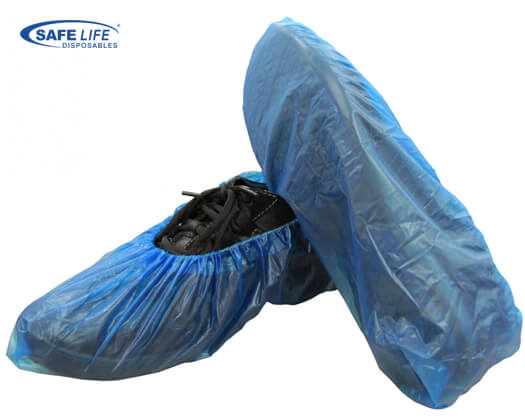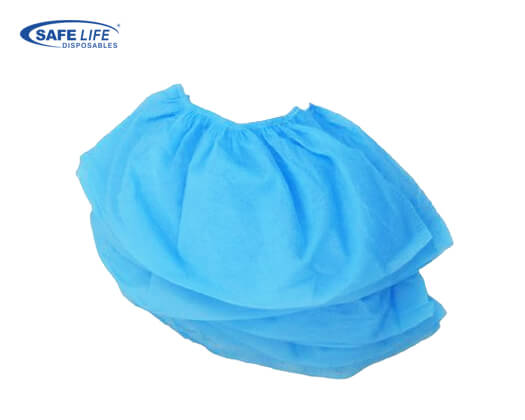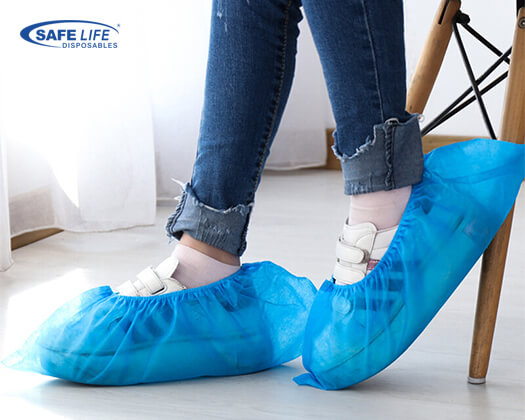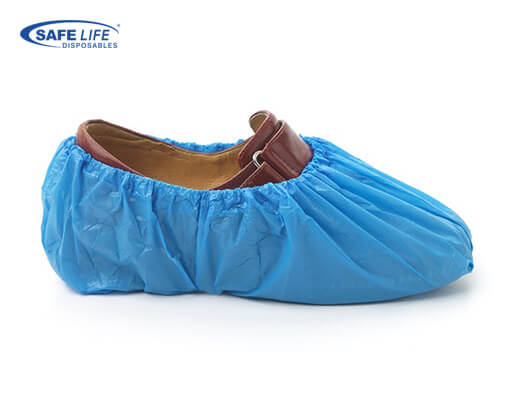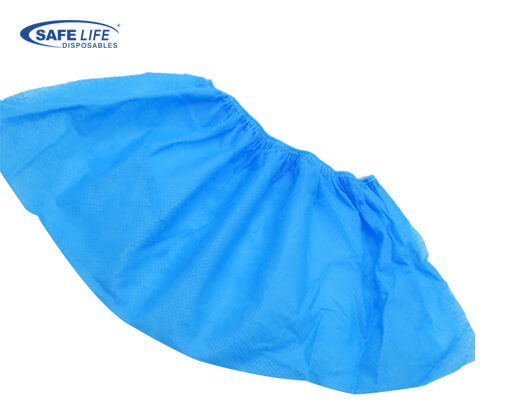Shoe Cover
The shoe cover is an overlooked place of potential disease transmission. Most personnel in surgery wear lightweight shoes with cloth or synthetic material shoe covers. Particularly during urological and arthroscopic irrigation procedures or trauma resuscitation, large quantities of fluid may accumulate on the floor, saturating the wearer's shoes. All our personnel should be aware of this mechanism of blood exposure and should don lightweight, disposable shoe covers in situations with potential for exposure to this problem.
There are many industries that use our Safe Life Disposable Shoe Covers. Hospitals are perhaps one of the most leading and well-known workplaces where doctors, patients, visitors and employees are required to wear protective shoe covers. However, industrial settings such as paint shops also require employees to wear our protective shoe covers
The idea is to protect not only your shoes from damage, but to protect the workplace from debris that you can track in with your shoes. When you walk from where you parked your car to the workplace, you walk across dirt and grime which can stick to your shoes and be carried inside. Sensitive machines can be damaged by excess debris, so protective shoe coverings are worn to minimize that risk.
Workers in hospitals and shops where floors are of a slippery material usually need to wear our shoe covers. Shoe covers need to be non-slip but should also be of a proper size. Our Shoe covers come in small, medium and large and employees should pick the shoe covers that most closely match their shoe size. Wearing shoe covers that are too large will increase the risk of accidents. On the other hand, shoe covers that are too small may not completely cover the shoe. It is important to ensure that shoe covers are of a proper fit to work correctly.
Concerned about Safety and Quality of Surgical Products?
Get your solution, add an Inquiry today!
Call Us +91 92280 14893 or  Send Inquiry
Send Inquiry 

